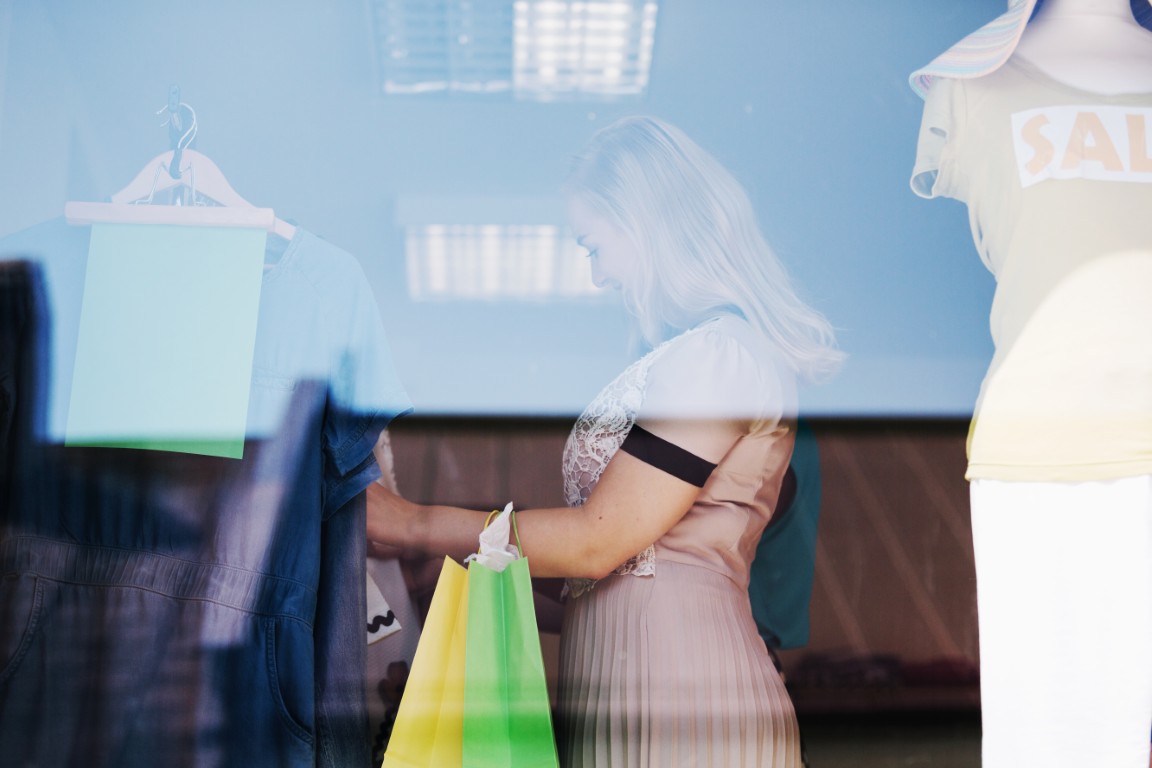1111111

Kng
07/05/2025
0 Comments
Introduction to Shop-in-Shop Concepts: A Game Changer for Retail Sales
The shop-in-shop model offers retailers an innovative way to maximize sales by leveraging shared spaces. This concept allows brands to display merchandise within a larger retail environment, creating a dedicated area for their offerings while benefiting from the host store’s foot traffic. By enhancing customer experience, shop-in-shop layouts provide targeted engagement, promoting brand visibility and loyalty. Key advantages include:- Cost Efficiency: Reduces operational expenses compared to standalone stores.
- Enhanced Brand Distinction: Highlights exclusive collections within curated spaces.
- Shared Resources: Utilizes existing infrastructure and marketing efforts of the host store.
Understanding K&G’s Strategic Approach to Shop-in-Shop Models
K&G’s adoption of shop-in-shop models demonstrates a deliberate focus on creating tailored retail experiences within larger department stores. This approach enables brands to maintain control over their presentation, fostering consistency in design and marketing while leveraging existing foot traffic. Through collaboration with host retailers, K&G identifies strategic locations that align with consumer demographics and purchasing behaviors.- Key Benefits:
- Enhanced exposure to wider audiences.
- Streamlined inventory management within shared spaces.
The Benefits of Shop-in-Shop for Enhancing Customer Experience
The shop-in-shop concept enriches the customer journey by providing curated spaces tailored to specific brands or product categories within larger stores. It promotes brand recognition and exclusivity, offering customers a personalized shopping environment. With defined areas, customers can explore products more efficiently, increasing satisfaction levels. By integrating immersive brand storytelling and visual merchandising, shop-in-shop designs captivate attention and inspire purchases. Dedicated staff within these spaces further elevate service standards, enhancing interaction. Seamless blending of aesthetics and functionality ensures shoppers feel engaged yet relaxed. The focused layout minimizes decision fatigue, ultimately fostering a deeper loyalty toward specific brands.Optimizing Store Layouts: Designing Spaces for Maximum Impact
Thoughtful store layouts play a crucial role in enhancing customer experience and driving sales. Proper space planning aids in improving navigation and ensuring the most valuable products stand out. Retail experts analyze customer behavior and traffic patterns to strategically position displays and aisles.- Zoning: Stores often use zoning to create distinct areas for specific categories or promotions. This method increases product visibility and encourages browsing.
- Pathways: Structured pathways guide shoppers intuitively while maximizing exposure to merchandise. Retailers leverage key sightlines to emphasize product placement.
- Lighting: Well-distributed lighting creates ambiance and highlights focal points, ensuring premium items receive attention.
- Flexibility: Modular designs allow periodic reconfiguration to adapt to trends or seasonal demands while maintaining flow.
Key Components of Successful Shop-in-Shop Partnerships
Successful shop-in-shop partnerships rely on several critical elements that ensure seamless integration and mutual growth.- Brand Alignment: Brands must share complementary values, target audiences, and aesthetics to create a cohesive shopping experience.
- Strategic Location: Placement within the host store should maximize visibility and accessibility to attract foot traffic.
- Clear Communication: Open channels between both parties foster coordination on marketing strategies, promotions, and operational details.
- Tailored Offerings: Product selection should cater to customer preferences while reinforcing the shop’s core identity.
- Performance Metrics: Establishing KPIs around sales, customer retention, and engagement helps track success effectively.
Leveraging Branding and Merchandise Placement to Drive Sales
Branding and merchandise placement serve as powerful tools to enhance sales and customer engagement within shop-in-shop environments. Strategic branding creates a cohesive identity that aligns with customers’ needs and preferences, fostering trust and emotional connection. Merchandise placement, when executed thoughtfully, optimizes product visibility and accessibility, guiding shoppers’ attention to key items. Effective techniques include:- Strategic zoning: Organizing merchandise by themes, styles, or demographics to encourage exploration and impulse buying.
- Eye-level displays: Positioning products at eye level to capture shoppers’ attention.
- Integrated visuals: Using branded visuals, signage, and packaging to strengthen recognition.
Data-Driven Insights: Analyzing Performance Metrics for Shop-in-Shop Success
Effective shop-in-shop strategies rely heavily on comprehensive performance tracking. Metrics such as foot traffic, conversion rates, and dwell time offer vital insights into customer engagement levels within these spaces. Businesses utilize point-of-sale data, inventory turnover rates, and customer demographic analysis to refine offerings. Data visualizations, such as heat maps, are employed to measure high-value areas and optimize layouts. Continuous monitoring is necessary for adapting to evolving consumer preferences or market fluctuations. Leveraging analytics tools allows brands to align inventory with demand, ensuring optimal inventory distribution across locations. These insights foster decision-making rooted in actionable data rather than intuition alone.Building Customer Loyalty through Immersive Shop-in-Shop Experiences
Creating immersive shop-in-shop environments has proven effective in fostering customer loyalty. By integrating interactive displays, tailored product offerings, and personalized branding, retailers provide a unique shopping journey that resonates with buyers. Such experiences captivate attention, encouraging repeat visits and deeper emotional connections to brands. Key features often include:- Interactive technology, such as touch displays or augmented reality.
- Curated product assortments aligned with specific customer profiles.
- Engaging visual merchandising to elevate in-store ambiance.
